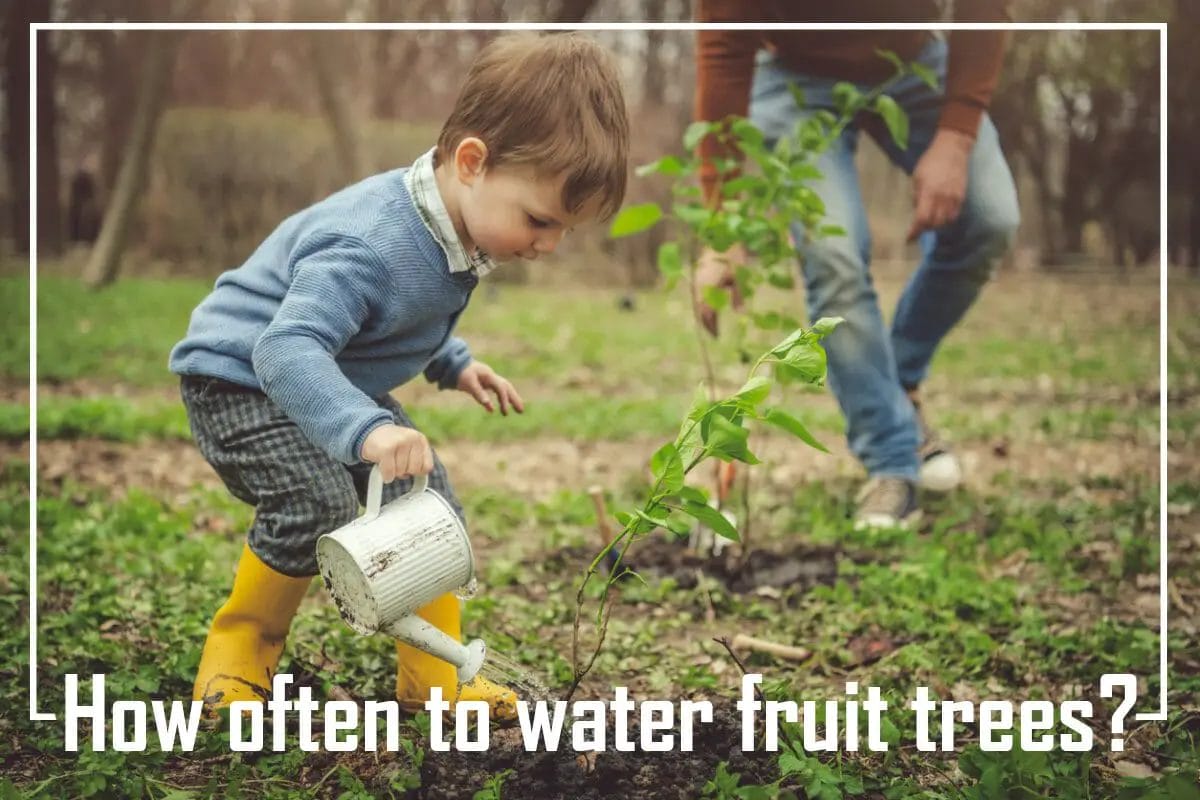If you have your water supply, such as a well or cistern, you know how important it is to keep the water fresh. If you don't have your supply, you probably take all the water from your tap for granted.
Keeping your water supply fresh and clean is important to avoid getting sick or having bad-tasting beverages. There are many ways to store fresh water in a storage tank for long-term storage; here are some of the best:
Use a water filter
A good filter will remove dirt, dust, and other contaminants that could give your stored water an off taste or odor. Filters also need to be replaced regularly, becoming less effective as they get older and clogged with sediment. Make sure your filter is clean and functional before adding it back into the system—either by replacing it with a new one or cleaning out the old one thoroughly.
As always, make sure to install filters correctly to perform their job effectively. This means installing them at the right location (often near where water enters your house), at the right height (below ground level), and making sure nothing can block their access to airflow (such as leaves).
Install a tank-cleaning system
Install a tank-cleaning system. If you're going through the trouble of storing water, you may as well keep it clean and safe. A tank-cleaning system is a great investment that will help keep your water tasting fresh, prevent the growth of bacteria and algae in your tank, and extend its lifespan by reducing corrosion on the metal walls of your storage containers.
What does a tank cleaning system do? A filtration system circulates water through filters that remove sediment and other particulates from your supply before returning it to your storage tanks as treated drinking water.
Why should I install one? Tank cleaning systems remove pollutants from stored water and maintain plumbing pressure to prevent clogged pipes (which can happen if you drain out standing water occasionally).
This prevents sewage backups because drains won't back up with gunk left after draining dirty dishes or laundry loads. Instead, all that gunk stays behind at various points along their route down drains until eventually ending up at sewage treatment facilities where heavy metals like lead won't enter our ecosystem by leaching into groundwater supplies.
Clean the tank regularly
Regularly cleaning the tank will help to keep it free of dirt and grime. This is important as a dirty tank will make the water inside taste bad, which can cause people to stop drinking it.
There are many ways you can clean your storage tanks:
Water pressure washers - these machines use high-pressure streams of water to remove contaminants from surfaces like tanks or car engines. The dirt and grime are blasted off with steam or high-pressure water so they can be disposed of safely.
Brushes - Brushes are also used on tanks. Still, they work differently than pressure washers because they don't blast away contaminants with pressurized jets but rather scrub them away with bristles attached to sticks that you hold in your hand while brushing around the surface of whatever needs cleaning up (i.e., your storage tank). It's easier than using power tools such as those mentioned above, so if you want something simple yet effective, this method will suit you well enough.
Maintain proper temperature
The ideal temperature for storing your water is between 55 and 75 degrees Fahrenheit. If the temperature is too high, bacteria can grow in the tank and cause it to become contaminated. A lower temperature of 40 degrees or less may cause some water to freeze, resulting in a loss of product and requiring you to replace the affected container.
Add air circulation
Add air circulation and a vent line to the tank. Ensure the vent line is not blocked so air can flow freely through it. Check to ensure there is no water in the vent line, as this could cause mold to grow inside your tank and ruin your stored water.
Ensure that you do not have any leaks in your system or ground around the base of where the tank sits (if you don't know how to check for this yourself, ask someone at Home Depot or Lowe's who works in plumbing).
Make sure your tank is not damaged by rust, dirt, or debris and the lid on the tank is secure to prevent flooding. Cover the tank with a tarp to keep out dust and debris. Keep it clean.
Disinfect your storage tank with chlorine dioxide tablets
One of the best ways to keep water fresh is by disinfecting it with chlorine dioxide tablets. These tablets kill bacteria and pathogens, including Cryptosporidium, Giardia, and Legionella.
Simply add one of these tablets per 10 gallons of water to your storage tank, let it dissolve for 30 minutes, and then drain the tank. Then, rinse your tank with water again (with another tablet) once a month to keep the taste fresh.
Keep the tank covered to keep out dust and insects, and rodents
The last tip we'll give you is to keep your water storage tank covered. This will help keep out dust, insects, and rodents and protect against evaporation. The other benefit of covering your tank is that it will protect the water from contamination by rain or bird droppings.
Water Storage Tanks
There are two main types of water storage tanks: above-ground and underground. Above-ground tanks are usually made of steel or fiberglass and are placed on top of the ground. They come in different sizes and shapes.
Underground tanks are usually buried under the ground. Some people prefer an above-ground tank because they think it looks better than an underground one. However, underground tanks are generally safer than above-ground ones.
This is because underground tanks are less likely to leak than above-ground tanks. Also, underground tanks are easier to maintain. For example, you can easily change the filter inside them.
On the other hand, you may not be able to see the outside of an above-ground tank. You'll have to dig around to check whether the tank needs cleaning.
The Importance of Keeping Water Fresh in a Storage Tank - How To Keep Water Fresh In A Storage Tank
Water is essential to life. It keeps us alive and helps our bodies function properly. We can't live without it. But what happens when there's no running water available? What do we do when we're thirsty? Do we just wait until the next day?
Or do we look for someplace where we can fill up a container? If you don't have any running water at home, chances are you've been thinking about this question. And if you haven't thought about it yet, you probably will soon enough.
So how should you handle this situation? There are many options available to you. Here are some tips that might help you decide which option is best for you.
The Benefits of Keeping Water Fresh in a Storage Tank:
1. You won't need to buy bottled water
2. You won't need to worry about buying filters
3. You will be able to save money
4. Your water will stay fresher longer
5. You won' ll need to spend more time filling up your containers
6. You won' l need to worry about getting sick from drinking dirty water
7. You won't need to waste time waiting for your tap water to get hot
8. You won' re likely to find a lot of uses for your old plastic bottles
9. You will be going to feel good knowing that you're helping the environment
10. You'll be doing your part to reduce pollution
11. You'll have access to clean, healthy water whenever you want it
12. You'll never run out of water again
13. You'll always have a supply of fresh, clean water
14. You'll avoid having to pay exorbitant prices for bottled water
15. You'll enjoy the convenience of being able to take a drink whenever you want
16. You'll save space
17. You'll free up valuable counter space
18. You'll eliminate clutter
19. You'll cut down on trash
20. You'll reduce energy consumption
21. You'll stop wasting money
22. You'll help the environment
Types Of Filters
You can use several different filters to remove impurities from your water. The most common type of filter used by people who store their water is called a carbon block filter.
Carbon blocks are pieces of charcoal that absorb contaminants such as chlorine and heavy metals. When you put these blocks into your tank, they act like sponges. As the water passes through the blocks, they soak up.
The Consequences of Not Keeping Water Fresh in a Storage Tank
If you don't keep your stored water fresh, it could become contaminated with bacteria. Bacteria can cause illness, so you must ensure that your water stays safe. If you don't have a way to purify your water, you may end up drinking contaminated water. This can lead to serious health problems.
For instance, you may develop diarrhea if you get sick from drinking contaminated water. Diarrhea can spread germs throughout your body. These germs can then enter your bloodstream. Once in your bloodstream, they can travel to your heart, liver, lungs, kidneys, brain, and other organs. This can result in severe illnesses such as pneumonia, meningitis, hepatitis, and even death.
If you want to avoid getting sick, you must ensure that your water remains clean. You can do this by keeping your water fresh. To do this, you need to find ways to keep your water fresh. One of the easiest ways to do this is to buy a water filtration system. A water filtration system removes harmful chemicals and bacteria from your tap water.
In addition, it also reduces the amount of chlorine present in your water. This prevents the growth of algae. Algae can grow quickly in stagnant water. It can turn your water brownish yellow if you don't remove it. This coloration makes your water look dirty. To prevent this problem, you need to install a water filtration unit.
Another method you can use to keep your cold water fresh is adding salt. Salt is one of the best methods of killing off any bacteria that might be present in your water. It does this by making the water saltier. Salty water is harder to drink. Therefore, when you add salt to your water, it reduces its ability to harm you.
More tips for Keeping Water Fresh in a Storage Tank:
1. Use a Filter
2. Change Your Filter Often
3. Clean Your Tank Regularly
4. Don't Leave Bottles Open
5. Avoid Using Plastic Containers
6. Store Bottled Water Properly
7. Drink More Water
8. Consider Buying a Portable Water Filtration System
9. Consider Buying a Reverse Osmosis Unit
10. Consider Buying a Purifier
11. Consider Buying a Distiller
12. Consider Buying a Dehydrator
13. Consider Buying a Solar Panel
14. Consider Buying a Battery Backup Power Supply
15. Consider Buying a Rain Barrel
16. Consider Buying a Water Heater
17. Consider Buying a Well
What Is A Personal Safe Drinking Water Supply?
A personal safe drinking water supply is stored water that meets certain standards for purity and safety. These supplies include bottled water and water purification systems such as reverse osmosis units. In addition to meeting these standards, it is recommended that each household keep a backup generator and have a battery-powered radio and flashlights.
How Much Water Should I Store?
Water storage requirements vary depending on where you live and what type of emergency you anticipate. For example, a person living in a rural area should plan on storing about one gallon per person daily.
Water should be stored in thoroughly sanitized food-grade plastic or glass containers with tight-fitting lids before a disaster occurs. However, if you live near a large water body like Lake Okeechobee, you may want to consider purchasing a portable water filter.
The following are some guidelines for how much water you should store:
One gallon per person per day
Two gallons per person per week
Three gallons per person per month
Four gallons per person per year
Five gallons per person per decade
How to keep water fresh in a storage tank FAQ:
1. Q: How Long Can You Keep Fresh Water in Your RV Tank?
A: The answer depends on many factors, including the size of your tank, the temperature of your tank, the type of water used, and the length of time you intend to keep your water fresh in your tank. Generally speaking, the longer you leave your water in your tank, the fresher it will become. However, there is no set rule regarding how long you can keep water fresh in an RV tank.
2. Q: How Long Can You Keep Fresh Water in Your RV Tank?
A: The answer varies based on several factors. One factor is the amount of water you put into your tank. For example, if you fill up your tank once every two weeks, then you could expect to keep your water fresh for approximately six months. On the other hand, if you fill up your tank twice a day, then you could expect your water to stay fresh for only three days.
3. Q: Does Fresh Water Go Bad in an RV Fresh Water Tank?
A: Yes. As mentioned above, the longer you leave water in your tank, especially when temperatures are high, the more likely it is that bacteria will grow in your tank. This means that your water will eventually go bad.
4. Q: What Happens When My Water Goes Bad?
A: Once your water goes bad, it becomes unsafe to drink. It also makes your RV smell very bad. To make matters worse, this odor can travel through vents and pipes, making breathing difficult inside your RV.
5. Q: Why You Shouldn’t Keep Water in Your Fresh Tank for More Than 2 Weeks Without Using It?
A: If you don't use your fresh water tank for at least two weeks, then it is possible that bacteria will start growing in your tank. This would mean that your water would not be safe to drink.
6. Q: Is It Safe to Drink Water That’s Been Left in an RV Fresh Water Storage Tank for Two Weeks Or Less?
A: No. Even though your water might look clean, it still contains harmful bacteria. Therefore, it is best to throw out any water left in your fresh water tank for more than two weeks without using it.
7. Q) How Often to Sanitize RV Fresh Water Tank?
A: Every time you refill your fresh water tank with potable water, you should sanitize it. This includes cleaning all surfaces where water comes into contact with the outside air. For example, you should clean the top of your fresh water tank as well as the bottom of the tank. Also, you should clean the sides of your fresh water tank. Finally, you should clean the interior of your fresh
8. Q: How to Check the Level of Water in Your RV Freshwater Tank?
A: The easiest way to check the level of water in your fresh water tank is to use a measuring cup or other containers. Just place the measuring cup inside the fresh water tank and see how much water is inside.
9. Q: How to Test the Water in Your RVFresh Water Tank?
A: The best way to test the quality of the water in your freshwater tank is to use a water testing kit. These kits usually come with a small bottle that has two compartments. One compartment holds a chemical solution, and the other compartment holds a pH indicator. After placing the pH indicator in the freshwater tank, you will be able to tell whether the water is acidic or alkaline.
10. Q: How to Empty Your RV Fresh Water Tank?
A: To empty your fresh water tank, you simply need to remove the cap from the fresh water tank and then pull the handle down. Next, you need to unscrew the valve at the bottom of the freshwater tank. Once this valve is removed, you can then open the fresh water tank and pour the contents of the freshwater tank into your fresh water tank bucket.
Conclusion
This article was written to help you learn more about how to maintain your fresh water tank. Hopefully, after reading this article, you will now know what to look for when buying an RV. Also, hopefully, you will now know how to properly care for your freshwater tank.






